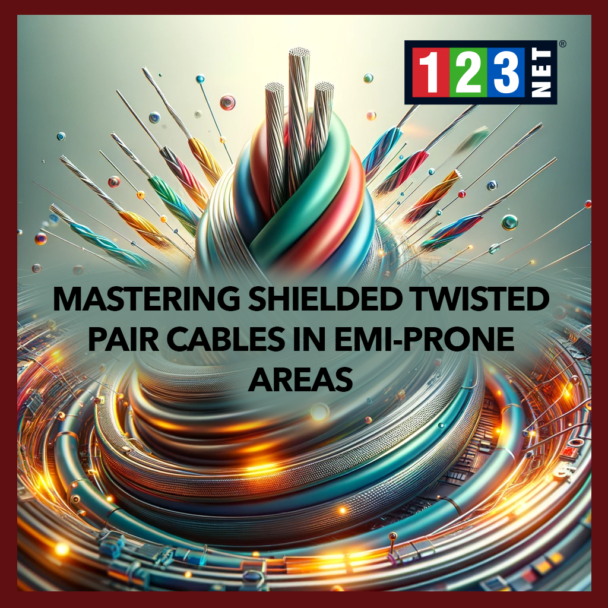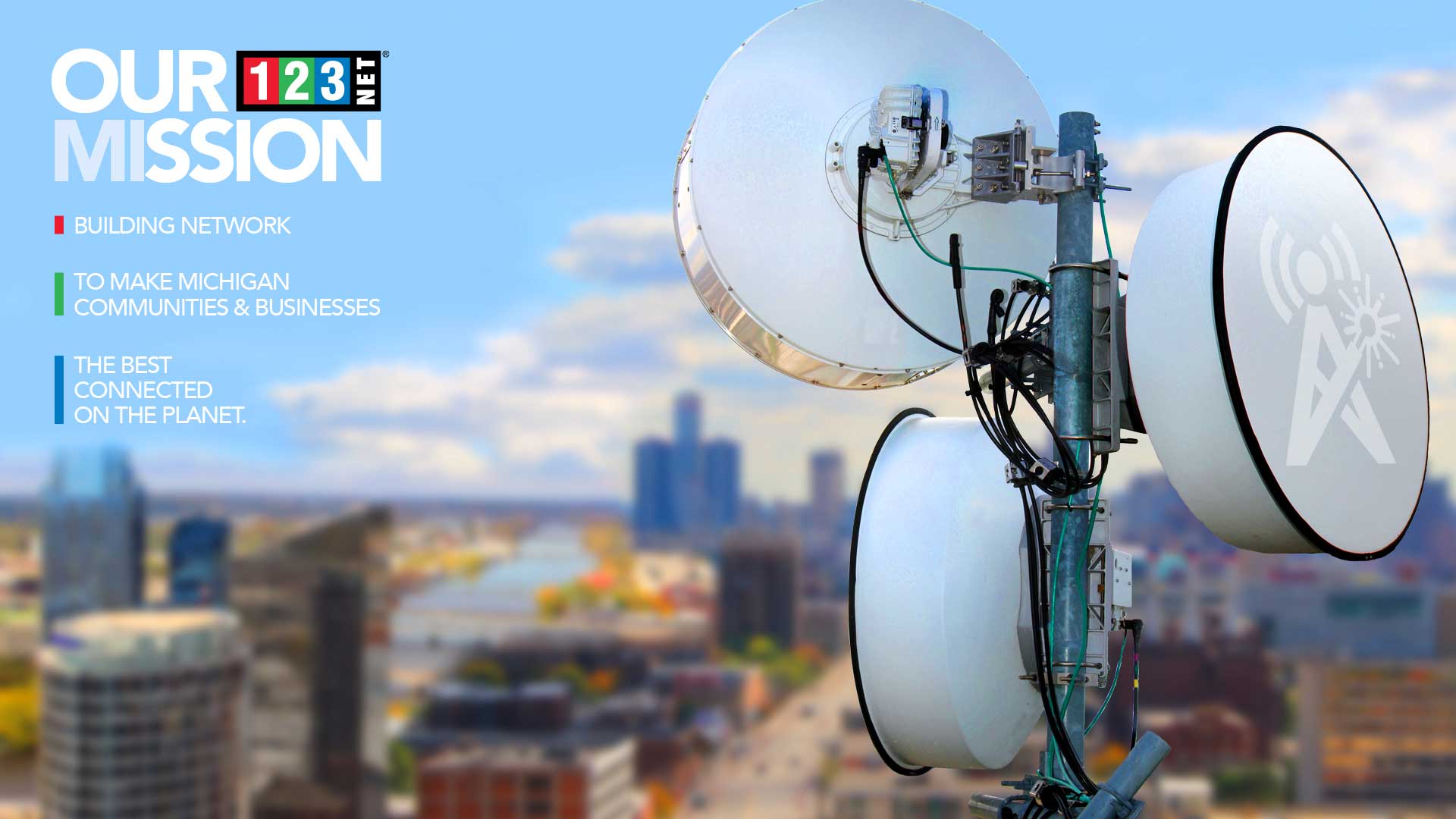
Introduction
Shielded twisted pair (STP) cabling is a cornerstone in telecommunications and networking. Specifically designed to mitigate electromagnetic interference (EMI) that could compromise signal quality. Unlike Unshielded Twisted Pair (UTP) cables, shielded twisted pair cables are equipped with a metal shield surrounding the wire pairs. This is offering superior protection against external noise sources. This design feature elevates shielded twisted pair cabling as the preferred solution for environments heavily impacted by EMI. This is leading to more reliable data transmission and clearer communication where electrical noise is prevalent. The integral role of shielded twisted pair in safeguarding data integrity across diverse network configurations cannot be understated.
Exploring the Varieties of Shielded Twisted Pair Cabling
The shielded twisted pair landscape is diverse, encompassing various categories such as Cat6, Cat7, and Cat8. Each category is tailored to specific data rate and bandwidth requirements over different distances. It is ensuring a wide array of networking demands are met.
Cat6 Cables in Shielded Twisted Pair Configurations
Professionally favored, Cat6 shielded twisted pair cables support data speeds up to 10 Gbps for distances up to 55 meters. It is making them versatile for office networking and some industrial settings where high data transfer rates are prioritized over long-distance coverage.
Enhanced Performance with Cat7 Shielded Twisted Pair Cables
Cat7 shielded twisted pair cables enhance frequency support to 600 MHz, facilitating 10 Gbps speeds over 100 meters. This capability positions Cat7 as the go-to shielded twisted pair solution for demanding environments like large corporate networks requiring extended.
The Pinnacle of Shielded Twisted Pair: Cat8 Cables
At the forefront, Cat8 shielded twisted pair cables are specifically engineered for data center applications. They are offering bandwidths up to 2 GHz and data speeds of 25 or 40 Gbps over distances. They are up to 30 meters. This exceptional performance earmarks Cat8 shielded twisted pair cabling for high-speed. Server-to-server communications and network infrastructures demanding peak data transfer rates.
This progression from Cat6 to Cat8 encapsulates the advancements in shielded twisted pair cabling technology. They are responding to the increasing need for higher data transmission speeds. Enhanced bandwidth, and robust EMI protection across various networking scenarios. These advancements are pivotal in network design, ensuring not only current but also future data transmission needs are met.
As network architectures evolve to become more complex and data-reliant, the criticality of selecting the appropriate shielded twisted pair cabling category escalates. Each category offers distinct benefits, suited to specific networking scenarios from office buildings to advanced data centers. For network designers and administrators, comprehending the unique attributes and capabilities shielded twisted pair cables is essential in optimizing network infrastructure.
Advantages and Disadvantages of STP Cables
Shielded Twisted Pair (STP) cables stand out for their exceptional capability to shield against electromagnetic interference (EMI). A vital feature for preserving signal quality in environments rife with potential electronic noise. This characteristic renders STP cables particularly suitable for application in data centers. Where ensuring uninterrupted data flow and integrity is crucial, as well as in industrial automation and military contexts, where the accuracy and reliability of data transmission are non-negotiable. Moreover, the advent of STP cables has met the burgeoning requirement for high-speed data transmission thanks to their superior bandwidth capabilities compared to Unshielded Twisted Pair (UTP) cables.
Nevertheless, the advantages offered by STP cables are accompanied by certain drawbacks. Primarily, these cables come with a higher price tag and exhibit a bulkier profile relative to their UTP counterparts,. Which can pose significant challenges during the installation process and subsequent maintenance activities. The addition of extra shielding material not only increases their weight but also reduces their flexibility. This is potentially complicating the network design process, especially in environments where space is at a premium or where cable routing requires a high degree of maneuverability.
In sum, while STP cables provide a robust solution to combat EMI and support high-speed data transfers, their physical characteristics necessitate careful consideration during network planning and implementation. The balance between their enhance protective features and the logistical challenges they introduce is a key factor in determining their suitability for specific network infrastructures, highlighting the need for meticulous design and planning in deployments where STP cables are utilize.

Applications of STP Cables
Shielded Twisted Pair (STP) cables are integral to networks and systems where electromagnetic interference (EMI) poses a threat to signal integrity. The unique construction of STP cables, with their additional shielding, ensures they are a go-to choice for environments requiring secure and clear signal transmission. This includes high-speed Ethernet networks, where seamless connectivity is paramount to support the transfer of large volumes of data without interruption.
In the realm of telecommunications, STP cables play a crucial role in telephony systems. It is ensuring that voice communications are transmitting clearly and without interference. Similarly, in security, the use of STP cables in CCTV systems guarantees that video signals are sharp and uninterrupted. Which is essential for monitoring and safety purposes.
The robust nature of STP cabling also makes it highly suitable for use in industrial automation. Here, machinery and control systems rely on precise and reliable data transmission to operate efficiently and safely. The presence of heavy machinery and various electronic devices can generate significant EMI. Which STP cables effectively mitigate, ensuring operational integrity.
Moreover, STP cables are of paramount importance in military applications. In scenarios where communication and data transmission are critical and the environment is likely to be fraught with sources of EMI. The reliability and security offered by STP cables are indispensable. Their capacity to shield against interference supports the stringent requirements for communication and operational effectiveness in military contexts.
In summary, the application of STP cables spans a broad spectrum of industries and settings, underscored by their ability to provide reliable, high-quality signal transmission in the face of electromagnetic interference. This makes them a fundamental component in the design and implementation of networks and systems where data integrity cannot be compromising, highlighting their importance across various technological and operational domains.
STP Cables and Electromagnetic Interference (EMI) Protection
Shielded Twisted Pair (STP) cables excel in environments susceptible to electromagnetic interference (EMI). This shield encases the cables and functions similarly to a Faraday cage, effectively blocking external electromagnetic waves. Such a feature is indispensable in areas with high electrical activity or in proximity to powerful equipment. Where EMI can significantly disrupt signal transmission. By ensuring that data signals transmitted through STP cables remain clear and unaffected by external noise, these cables play a crucial role in maintaining signal integrity. This protective measure is especially crucial in sectors where precise and uninterrupted data communication is critical. Underscoring the value of STP cables in supporting reliable network infrastructure.
Installation and Maintenance of STP Cables
To fully harness the advantages of Shielded Twisted Pair (STP) cabling, meticulous attention to installation and ongoing maintenance is essential. The process begins with careful handling during installation to prevent any damage to the shielding. Which is vital for the cable’s effectiveness against electromagnetic interference (EMI). Grounding the shield correctly is another critical step, as it ensures the shielding can effectively block external EMI and preserve signal integrity. Moreover, conducting regular inspections is crucial for the early detection and rectification of any issues that might arise, such as breaks in the shielding or loose connections. These proactive measures are fundamental to maintaining the network’s overall reliability and performance. Adhering to these guidelines not only extends the lifespan of the STP cabling system but also guarantees optimal functionality. It is ensuring that data communications within the network remain uninterrupted and secure from potential EMI-related disruptions.

Future Trends and Technologies in STP Cabling
In the rapidly evolving landscape of digital transformation, the pressure on network infrastructure is intensifying, necessitating advancements in Shielded Twisted Pair (STP) cabling technology. The future trajectory for STP cabling is expecting to concentrate on elevating data transmission speeds and bolstering electromagnetic interference (EMI) protection. All while aiming to minimize any increase in cable bulkiness or cost. Innovations in material science and cable design are poise to play a crucial role, potentially leading to cables that are lighter, more flexible. Yet equally or more effective at shielding against EMI.
This forward-looking perspective necessitates a comprehensive understanding of STP cabling among network designers and administrators. Grasping the full spectrum of STP cabling’s attributes—from its structural makeup and the advantages it offers to its diverse applications and anticipated developments—is imperative. Such knowledge enables informed decision-making, ensuring that network infrastructure is not only optimized for current requirements. It is also scalable and adaptable to future technological advancements. Consequently, this strategic approach underpins the network’s reliability, performance, and growth capability, aligning with the dynamic demands of digital progress.




